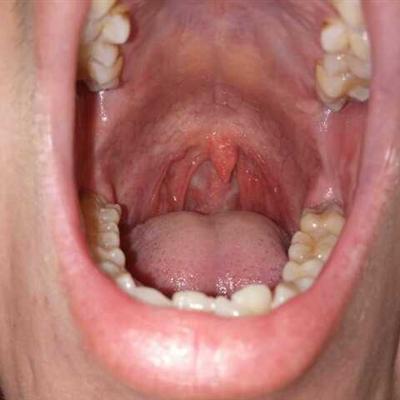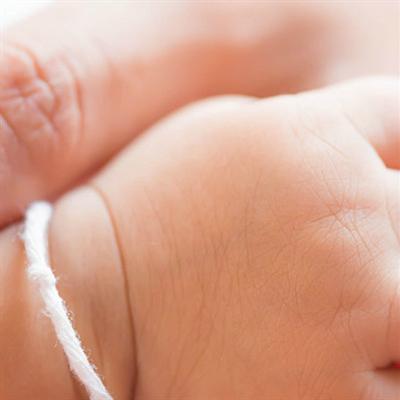How to prevent bone hyperplasia
summary
I found out that there was hyperosteogeny for more than two years. There was a strong feeling in the neck. The movement was limited. There was a snapping noise in the neck. For patients with this disease should be treated as soon as possible, the following I will talk about how to prevent bone hyperplasia?
How to prevent bone hyperplasia
First: avoid long-term strenuous exercise. Long term, excessive and intense exercise or activity is one of the basic causes of bone hyperplasia. Especially for heavy-duty joints (such as knee joint and hip joint), excessive movement increases the stress on the joint surface and aggravates the wear. Long term strenuous exercise can also make the bone and surrounding soft tissue excessively stressed and stretched, resulting in local soft tissue damage and uneven stress on the bone, leading to bone hyperplasia.

Second: proper physical exercise, avoid long-term intense exercise, is not inactivity, on the contrary, proper physical exercise is one of the good methods to prevent bone hyperplasia. Because the nutrition of articular cartilage comes from the synovial fluid, and the synovial fluid can enter the cartilage only by "squeezing" to promote the metabolism of cartilage. Appropriate exercise, especially joint movement, can increase the pressure in the joint cavity, which is conducive to the infiltration of joint fluid into cartilage, and reduce the degenerative changes of articular cartilage, so as to reduce or prevent bone hyperplasia, especially the proliferation and degenerative changes of articular cartilage. Therefore, the method of rehabilitation of hyperosteogeny is exercise, and the significance is to eliminate or reduce the pain of hyperosteogeny and the resulting dysfunction, to maximize the recovery of their ability to live and work, and to improve and improve the quality of life of patients.

Third: timely treatment of joint injury. Joint injury includes soft tissue injury and bone injury. Bone hyperplasia of the joint is often directly related to intra-articular. Because the fracture reduction is not complete, resulting in articular cartilage surface is not smooth, resulting in fracture. For the patients with intra-articular fractures, if they can be treated in time and anatomic reduction can be done, the occurrence of traumatic and joint bone hyperplasia can be completely avoided.

matters needing attention
The harm of hyperosteogeny is very great. We must do a good job in prevention. Patients should pay more attention to rest and diet. They should pay attention to their own health care items and effectively enhance their physical fitness. Only in this way can they be more conducive to the treatment of diseases,

















